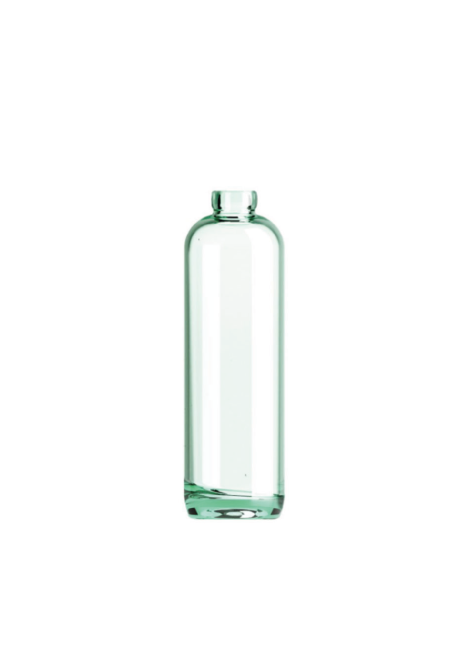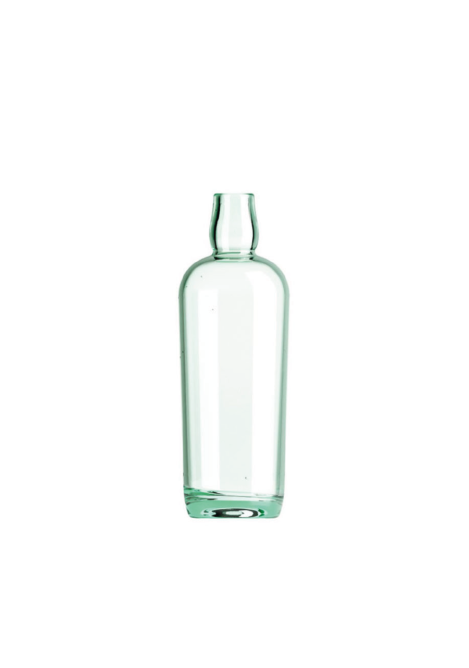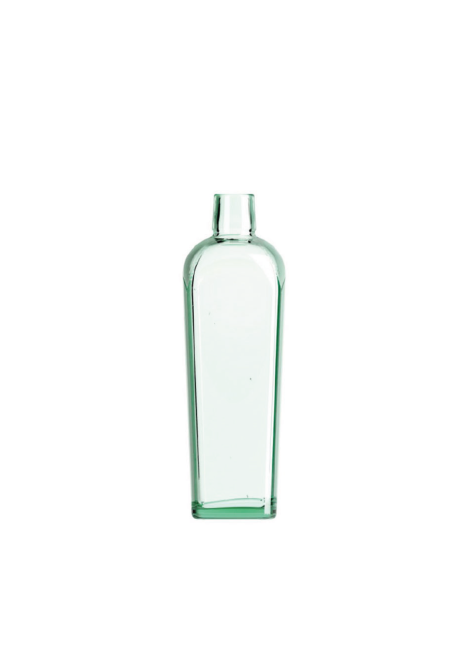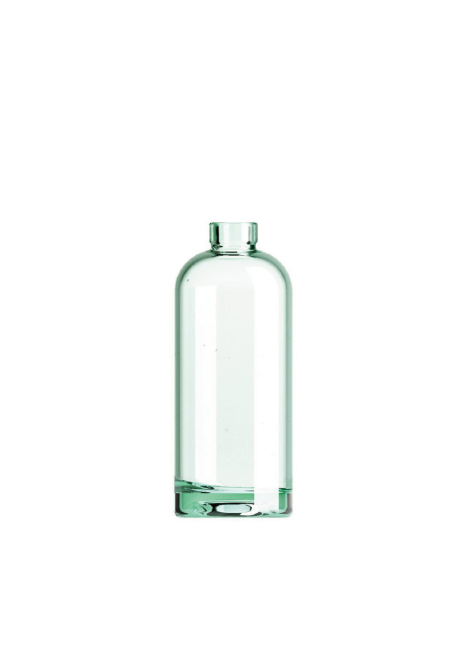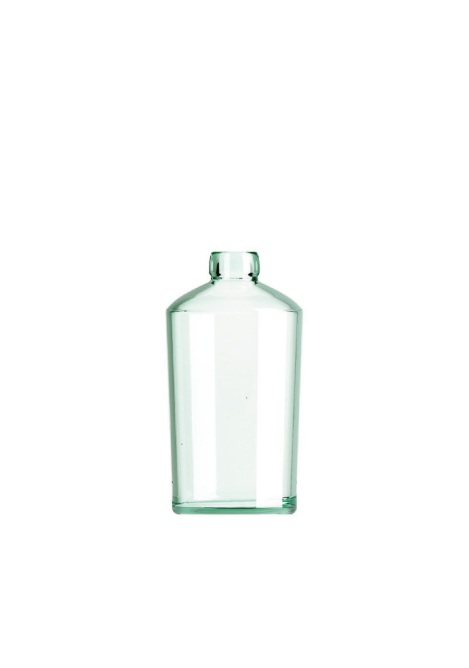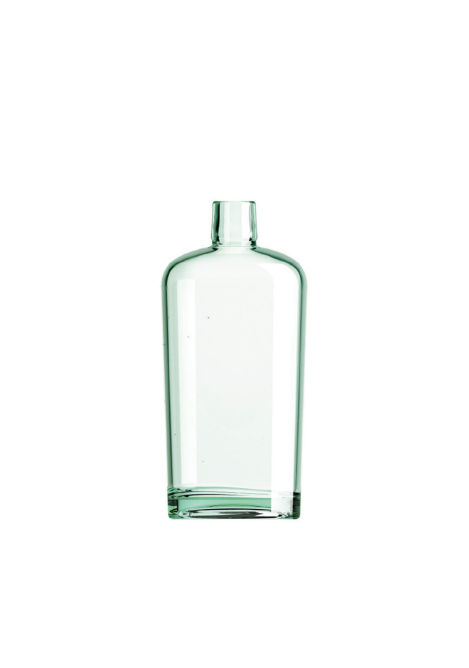Corkcoal
Distillery Closures
We blend cork with activated carbon. Two natural-origin materials working together.
Preserves aroma and flavor while avoiding detection No color migration Optimized global migration No expansion Controlled Capilarity In the manufacture of microgranulated cork caps that we are familiar with, complex industrial processes are used, and large amounts of water, energy, and chemical agents are utilized. All of this with the aim of eliminating what we do not want from the cork: TCA, taste, smell, defects... That's why at Estal we are committed to creating closures that combine cork and activated carbon. Thus, we have managed to give life to Corkcoal. Want to know about Corkcoal? In our catalog, you will find glass bottles for distilleries compatible with this closure. We work so that the packaging solution housing your product reflects the values, quality, and innovation commitment of your brand. We accompany you so that your product shines.We have created a inspired by nature cap
The activated carbon neutralizes and traps the unwanted substances from the cork naturally. 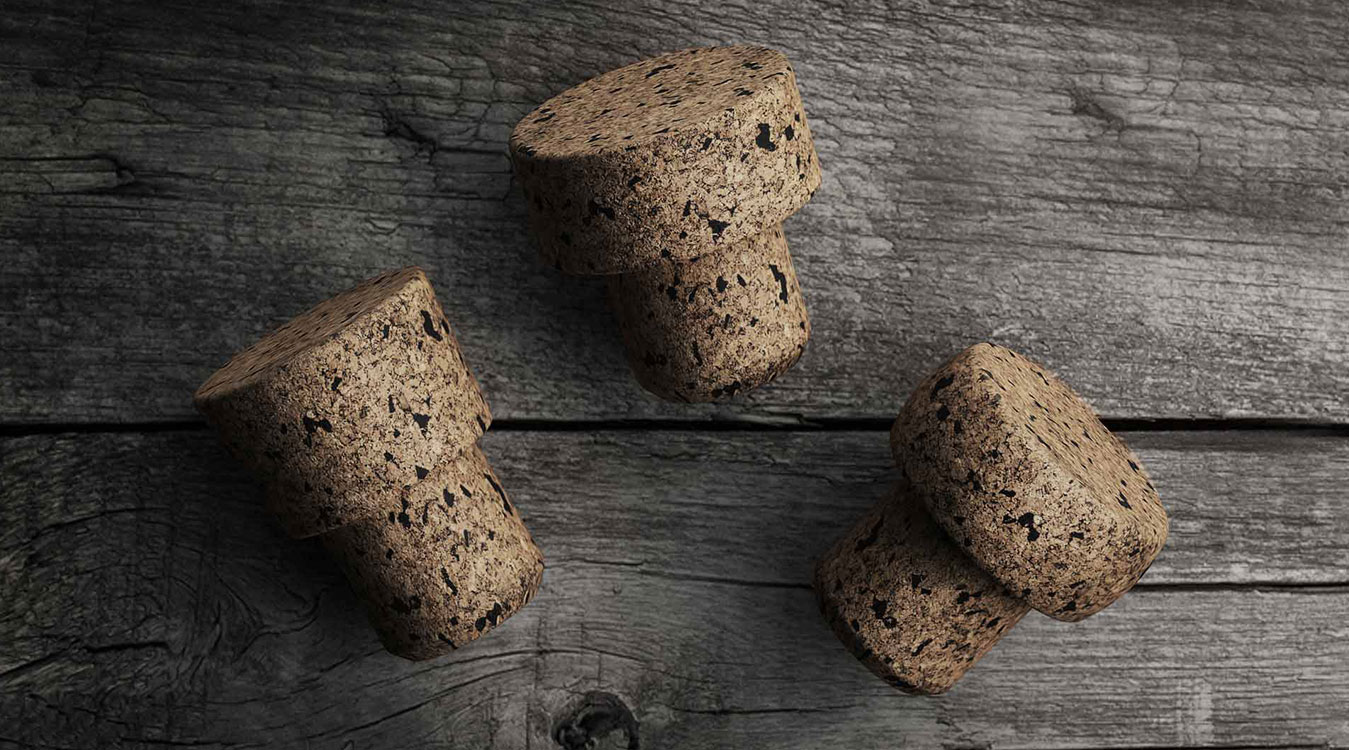
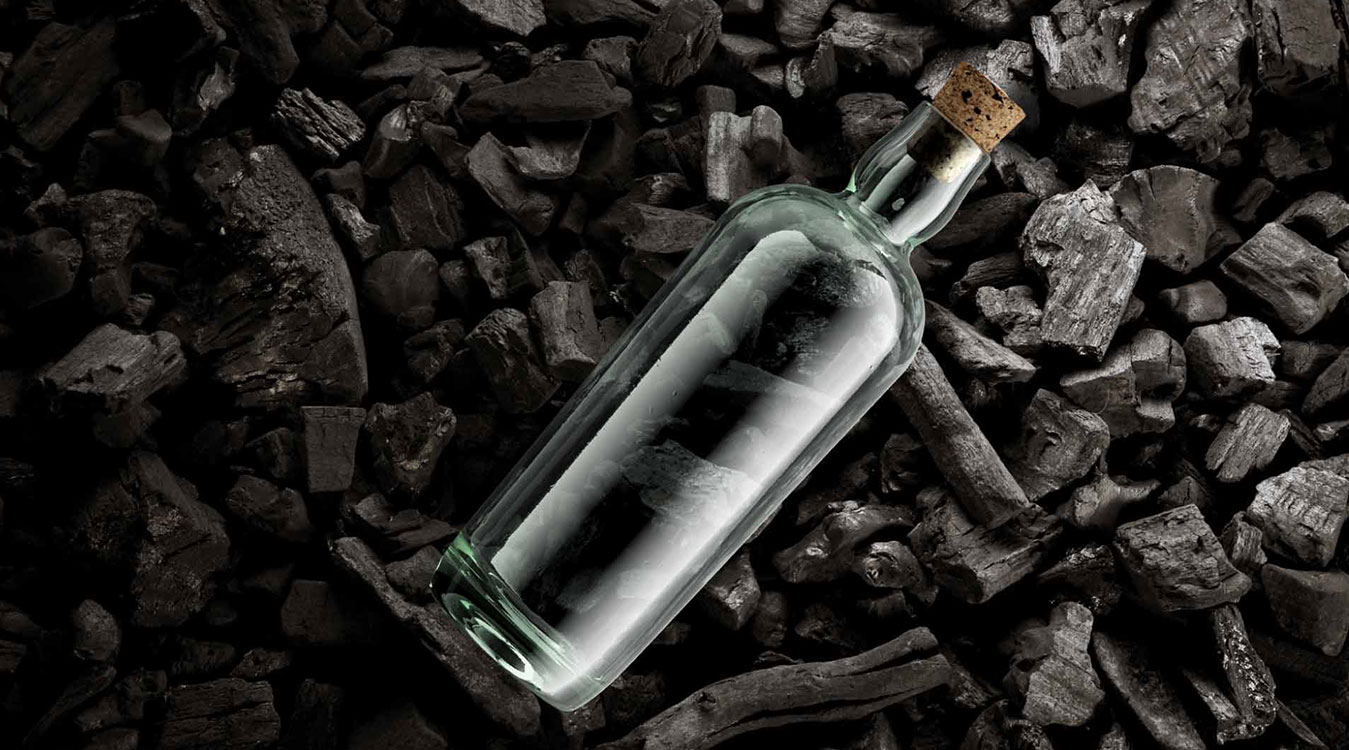
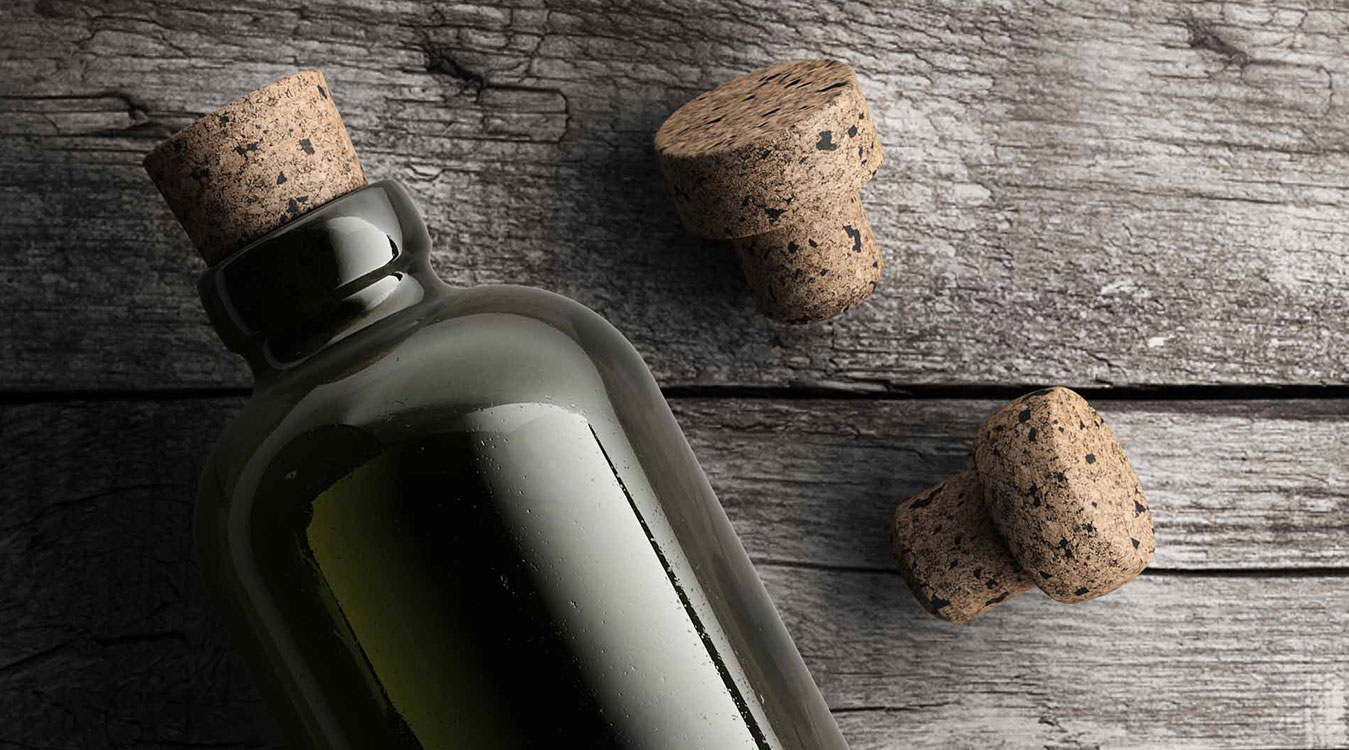
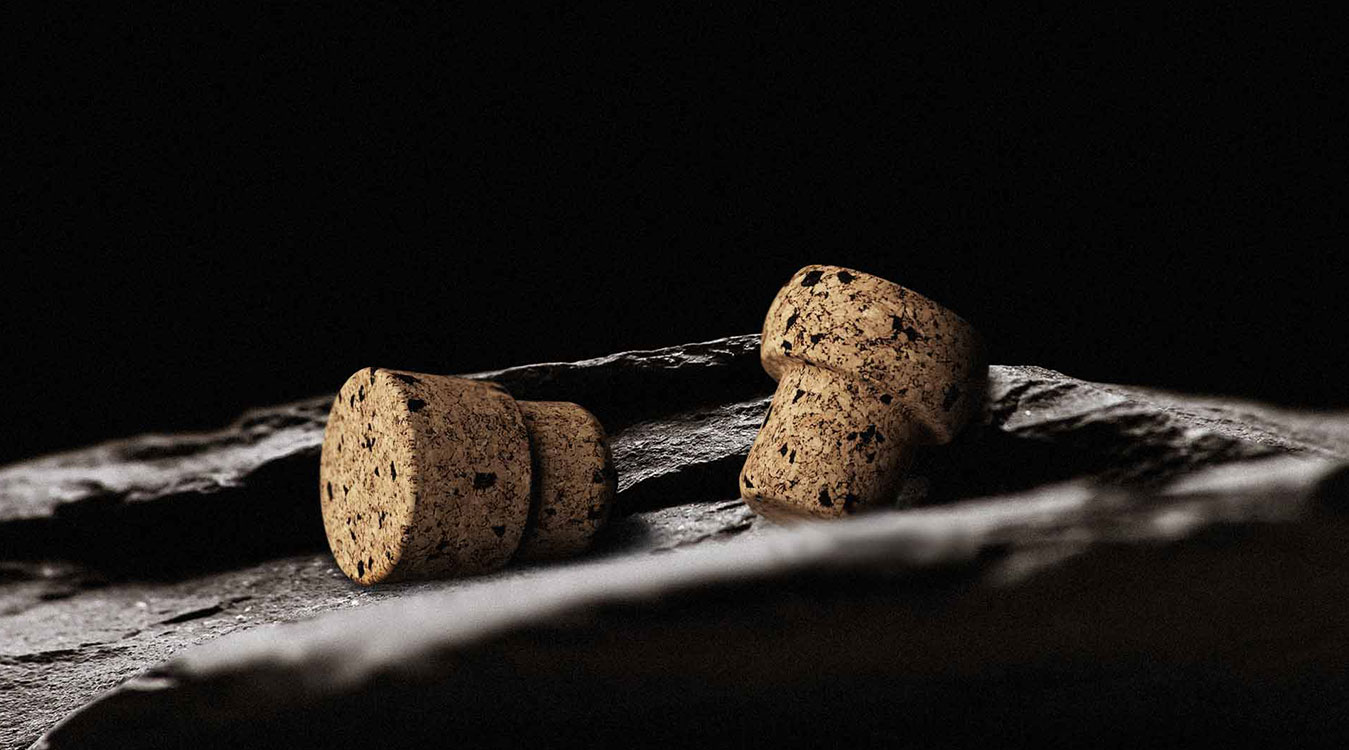
An honest and authentic design
